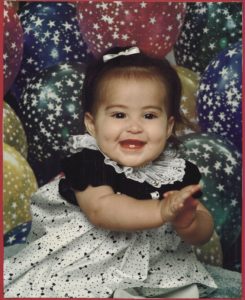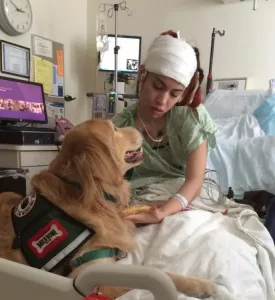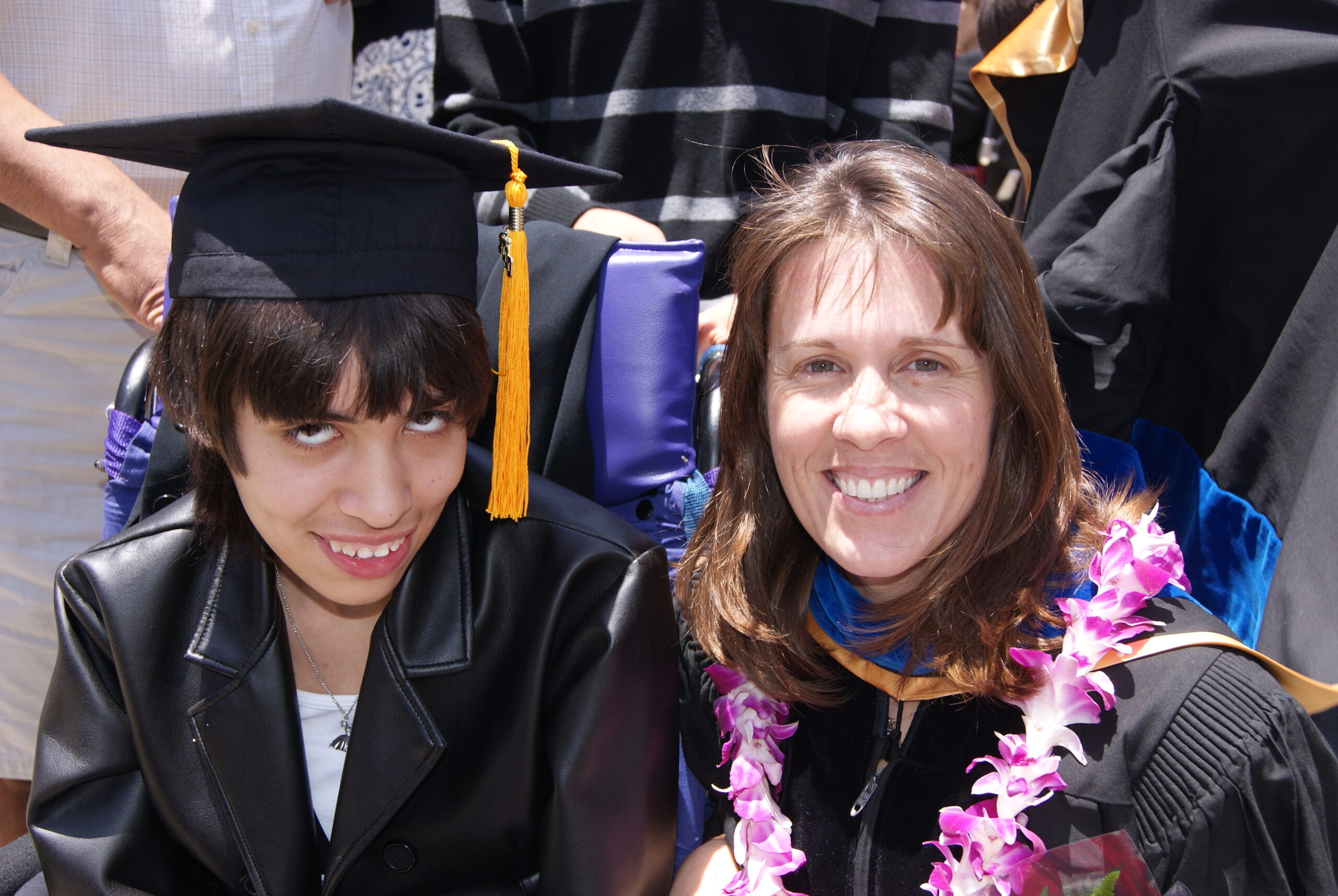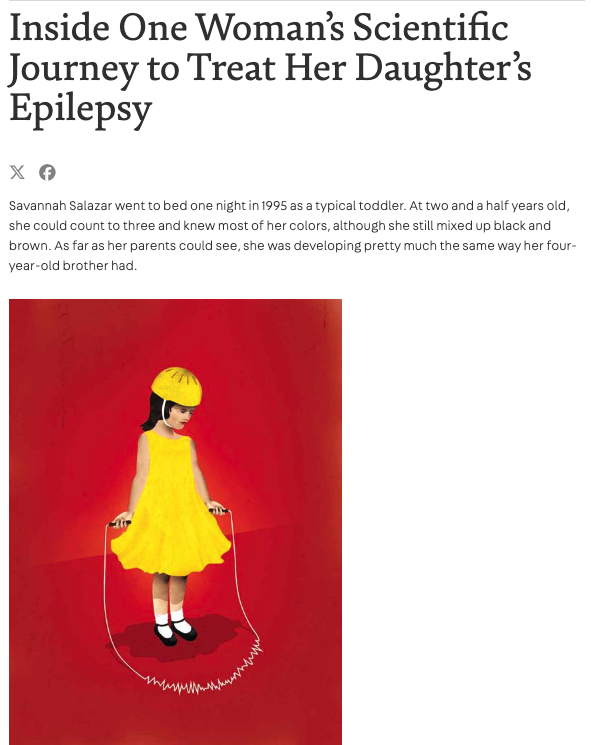Savannah (age 30) & Tracy's Story
According to my records, I’ve witnessed more than 40,000 seizures—a remarkable number, even for a medical professional. Still, I’m not a medical doctor. I’m a mom.

I remember the first seizure vividly. I awoke to the sound of choking coming from the room of my 2-year-old daughter, Savannah. I entered to see her tiny little body jerking about violently in her bed. My husband and I didn’t recognize this as a seizure—we thought she was choking. I’ll never forget the words of the paramedic that night who said, “Her airway is clear, but what you just described sounds just like a seizure.” That was our harsh induction into the world of epilepsy. Living in that world has been equally harsh.
Savannah’s seizures worsened despite treatment. By age 3, she was having multiple types of seizures and had to wear a helmet. By age 4, she began to have clusters of seizures that would last for hours unless emergency rescue medications were used. By age 5, she was seizing dozens of times a day, and delays in her development were becoming apparent. At age 5, Savannah was diagnosed with Lennox-Gastaut syndrome (LGS), a severe epilepsy syndrome with a horrific prognosis. Despite dozens of tests though, no cause for Savannah’s seizures was found, and with no family history or precipitating event, we were mystified.
It was devastating to watch what LGS did to my child. With over 40,000 seizures, it definitely left its mark. At 18, after 16 years of daily seizures, Savannah was the developmental age of a 3-year-old. Her face bore many scars from falls caused by seizures, and her heavy eyes told of the many medications and the many seizures. The first thing I did every morning before getting out of bed for those 16 years was place my hand on Savannah to see if she was still breathing. With frequent tonic-clonic seizures during sleep, I feared SUDEP, Sudden Unexpected Death in Epilepsy – would one day take her life.
Because of her developmental delays, Savannah did not seem to fully realize how her life was different because of LGS. She had a childlike happiness, an infectious giggle, and was the most loving soul I’d ever met. But I realized how different life was for her and it broke my heart. Most likely, as she grew up she would be dependent on others for every aspect of her well-being, meaning she would be at risk for being taken advantage of by those who are dishonest. She would continue to take medications despite the myriad of side effects because the alternative was much worse. Her unrelenting seizures would make it difficult for her to participate in activities. And I would continue to live in fear of her death. What I wouldn’t give to find a cure.
During those early years of seizures and utter confusion, I began to read all I could about epilepsy. I enrolled in college in an effort to understand the many research papers I was reading, which were too advanced for my comprehension. Ironically, I thought I needed to go to college to take English classes to understand these papers, but soon learned it wasn’t English I needed, rather, it was science. I took my first science course and fell in love with the subject. I attended classes while my children were at school, and stayed up late to study. Somehow, 12 years later, and after many grueling years, I graduated with my PhD in Neurobiology. It was my deepest desire to help the next generation of Savannah’s to live a better life.

When Savannah turned 18, things changed. My own research as a genomic scientist revealed that Savannah had genetic mutations in numerous calcium channel genes. I predicted this could be the driver of her epilepsy. After painstaking risk/benefit analysis of the data, we began treating her with a calcium-blocking drug called verapamil to try to stop her daily seizures and status epilepticus. Much to everyone’s surprise, it worked! Within two weeks, Savannah’s seizure numbers dropped by 95% and her episodes of non-stop seizures stopped completely. That was eleven years ago, and she continues to maintain these numbers. Once on a seven-drug regimen, Savannah has been weaned down to four. Soon it will be three. She is growing and developing again in ways we never thought possible, and while she will most likely be unable to live independently, she is thriving! I often think that she is one of the “lucky” ones.
As both a mom and a scientist, I understand, in a profound way, that we must never give up the fight to stop seizures – and we never will. The real war on LGS is being waged at home, in the trenches as I call it, by each family. We must help them. It is also being waged in the lab where new research is critical to the improvement of our understanding of LGS, and in the clinic, where each doctor must understand the latest advances to best help patients. One day, you, me, and everyone in our global LGS family will conquer this disorder, and seizures will be less likely to determine our children’s future. I’m looking forward to that day. Let’s keep fighting!
Tracy Dixon-Salazar, PhD
Savannah’s Mom
Executive Director, LGS Foundation

Savannah and Tracy and Tracy’s Graduate School Graduation
Learn more about Savannah’s story and Verapamil at Brain & Life Magazine: A Mother’s Love

